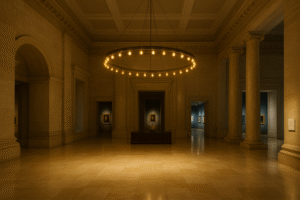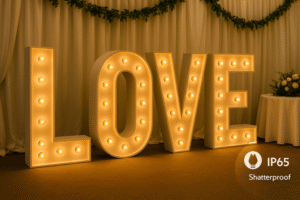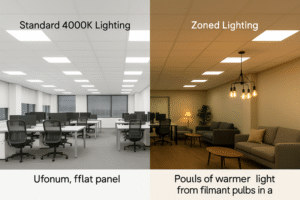Your photos and videos look dull and unprofessional. The colors are off, distracting shadows ruin the shot, and you can't get the mood right. Bad lighting is holding your creative work back.
Yes, LED lights are essential for modern photography and video. They offer consistent, flicker-free illumination with superior color accuracy, precise brightness and color temperature control, and cool operation, making them versatile and powerful tools for any creator.
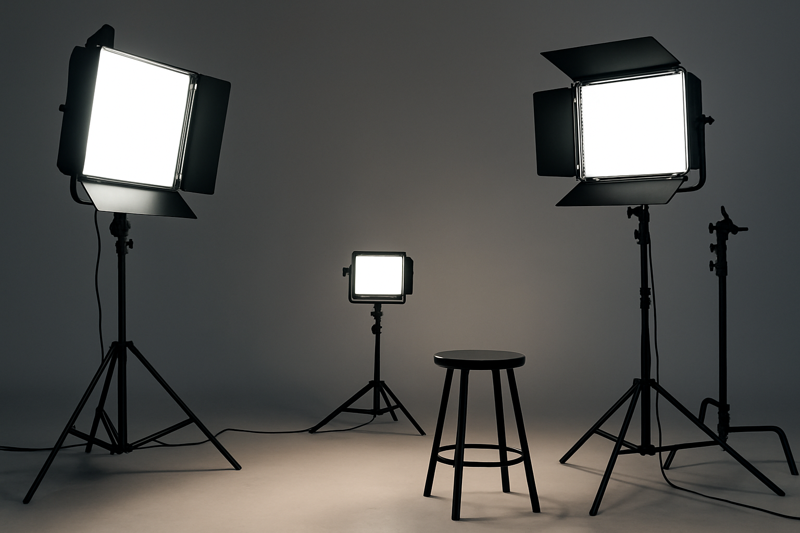
As a marketing manager for an LED manufacturer, I've seen our technology evolve. We started by providing high-quality LED filament bulbs and G4 G9 lamps for general use. But soon, we started getting inquiries from photographers and filmmakers. They were tired of hot, heavy, and inefficient traditional lights. They needed something better. This pushed us to understand the specific demands of creative professionals. It’s not just about making light; it’s about crafting it. Let's look at why LEDs have become the go-to choice in the creative industry.
Can LEDs Really Produce True-to-Life Colors?
Are the colors in your photos washed out or unnatural? Trying to fix poor color in post-production is a frustrating and time-consuming process. You need lighting that captures colors correctly from the start.
Absolutely. High-quality LED lights can replicate the full spectrum of visible light with incredible accuracy. This is measured by the Color Rendering Index (CRI), and professional LEDs with a high CRI ensure that skin tones and product colors look natural and vibrant.
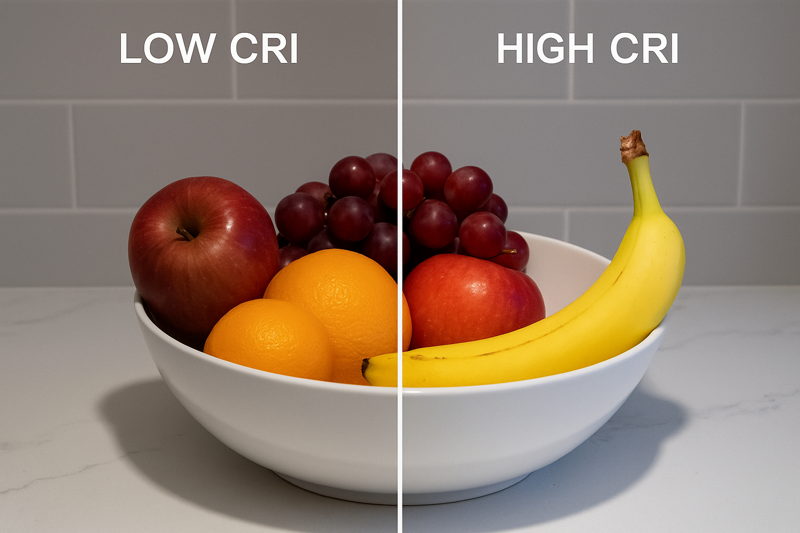
I remember talking to Jacky, a product manager for an e-commerce brand. He was frustrated because their product photos never matched the actual product colors. Customers were returning items, complaining the color wasn't what they saw online. The problem wasn't the camera; it was their old fluorescent studio lights. The solution was switching to LEDs with a high Color Rendering Index, or CRI, to ensure colors were captured accurately. It showed me that for many businesses, accurate light isn't a luxury—it's a necessity. It’s about representing a product or a person honestly. Understanding color temperature (CCT) is just as important. Different Kelvin values create different moods, from warm and cozy to cool and modern.
Understanding CRI and CCT
To get perfect color, you need to understand two key concepts:
- Color Rendering Index (CRI)1: This is a scale that measures how accurately a light source reveals the true colors of an object compared to natural sunlight. For professional work, you need a high CRI, as lights with a CRI over 80 provide much better color representation. A low CRI light will make colors appear muted or shifted.
- Correlated Color Temperature (CCT)2: This measures the color appearance of the light itself, in degrees Kelvin (K). Matching the CCT of your lights to the ambient light in your scene is crucial for a natural look. Available options can range from a very warm 2200K to a neutral 4000K and beyond.
How CCT Creates Mood
Different color temperatures can be used to create specific moods or to match existing lighting conditions. This control is vital for visual storytelling.
| CCT Value | Color Appearance | Common Use in Photo/Video |
|---|---|---|
| 2700K-3200K | Warm White | Emulates indoor tungsten lighting or cozy, intimate scenes. |
| 4000K | Neutral White | Simulates average daylight, often used for clean corporate or commercial looks. |
| 5600K-6500K | Cool/Daylight White | Matches bright, midday sun. Ideal for creating a high-energy, clean, or sterile feel. |
How Do LEDs Give You Unmatched Lighting Control?
Are you tired of lugging around heavy lights that only have one brightness level? Traditional lighting is inflexible, making it hard to shape the light and create the exact look you want.
LEDs provide precise, granular control. Many are dimmable, allowing you to adjust brightness without a color shift, while some fixtures even allow for independent control of multiple light sources from a single switch.
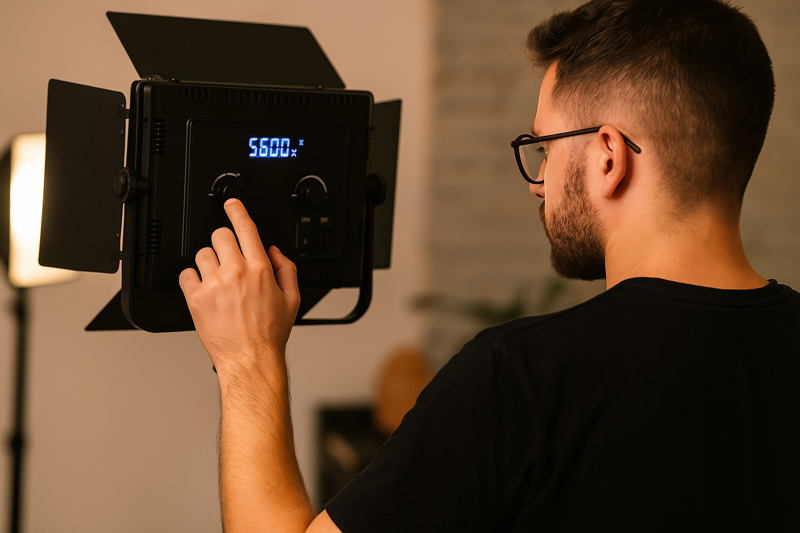
A filmmaker friend once told me about shooting a scene in a small apartment. With his old lights, every time he dimmed them, the color temperature would shift, turning everything orange. When he switched to LED panels, it completely changed his process. Modern LEDs can be equipped with a dimmable driver, which allows for smooth intensity adjustments. Many of our decorative LED filament bulbs are also dimmable, showing how widespread this technology has become. Some advanced fixtures even have touch controls to adjust intensity or separate switches to control different parts of the light independently. This level of control and convenience allows creativity to flourish.
The Three Pillars of LED Control
Modern LED lighting for creators is built on transformative features that older technologies simply cannot match.
- Flicker-Free Dimming3: High-quality LEDs can be dimmed smoothly across their entire brightness range. With the right dimmable driver, you avoid the color shifts or flickering common with older lights, giving you precise control over light intensity.
- Adjustable Fixtures4: Beyond electronic control, the physical design of LED fixtures offers great flexibility. Many lights feature an adjustable body ("corpo luce orientabile"), allowing you to aim the light exactly where you need it to shape shadows and create highlights.
- Integrated and Independent Switching: Many modern LED fixtures are designed with creators in mind. Some come with an integrated switch on the body of the light, making adjustments quick and easy. Others offer independent control for multiple sources within one lamp, perfect for complex lighting setups.
Why Are LEDs the Smart Choice for Any Shoot?
Are you worried about bulky gear, overheating sets, and constantly replacing bulbs? Traditional lights are inefficient, fragile, and have a short lifespan, adding unnecessary cost and hassle to your shoots.
LEDs are the smart choice because of their exceptional longevity and durability. With lifespans ranging from 20,000 to 50,000 hours, they are a reliable and robust lighting solution that drastically reduces maintenance and replacement costs.
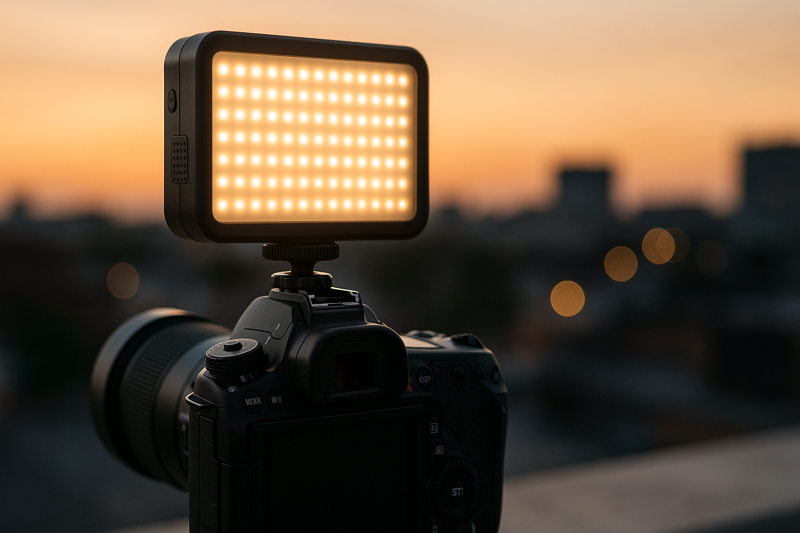
I often speak with owners of production studios, and their main pain point is maintenance. Their old halogen lights were constantly burning out, disrupting shoots and costing a fortune in replacement bulbs. When they switched to LEDs, their maintenance schedule changed from monthly to once every few years. The long lifespan of LEDs—often between 20,000 and 50,000 hours—means they are a "set it and forget it" solution. This reliability is a huge advantage. It means less downtime and more time focusing on the creative work. For any buyer or manager, this long-term value makes the initial investment in high-quality LEDs an easy decision.
Key Practical Advantages of LEDs
LEDs offer much more than just a long life. Their underlying technology makes them incredibly practical for any shooting environment, whether in a studio or on location.
| Feature | Practical Benefit for Photo/Video |
|---|---|
| Long Lifespan5 | Drastically reduces the need for bulb replacements, saving money and preventing interruptions during shoots. |
| Energy Efficiency6 | LEDs use a fraction of the power of traditional lights, lowering electricity bills and allowing them to be run on batteries for location shoots. |
| Durability | LEDs are solid-state lights, making them robust and resistant to impact and vibration, unlike fragile filament bulbs. |
| Low Heat Output | LEDs run cool to the touch, keeping the set comfortable for talent and crew, and allowing for the use of delicate light modifiers. |
What Does Protection Rating Mean for a Shoot?
Have you ever had to cancel an outdoor shoot because of a little rain? Using indoor lights outside is risky, as moisture and dust can damage equipment and create safety hazards.
The Ingress Protection (IP) rating indicates a fixture's level of protection against solids and liquids. For shoots in challenging environments, a higher IP rating ensures your equipment will function reliably and safely, rain or shine.
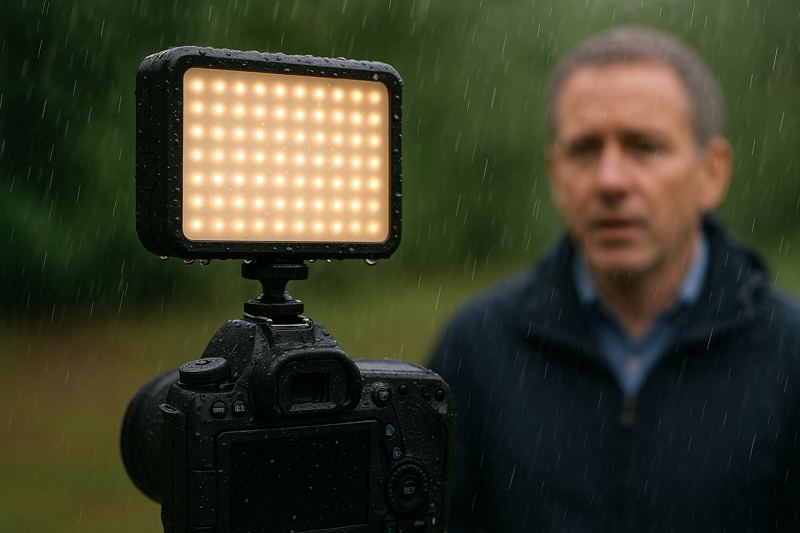
While most of my discussions are about indoor lighting, I recently helped a documentary filmmaker who specializes in outdoor and nature films. He needed lights that could withstand unpredictable weather. We discussed IP ratings at length. An IP20 rating is fine for a dry studio, but useless outdoors. For protection against rain, he needed something rated at least IP44. For shoots near water or in extremely dusty conditions, an IP65 or even an IP68 rating is necessary to protect the gear. By choosing fixtures with the appropriate IP rating, he could shoot with confidence, knowing his investment was protected and his crew was safe, no matter the conditions.
Decoding IP Ratings for Your Needs
The IP rating7 is a two-digit number that is simple to understand once you know what each digit represents.
- First Digit (Solids): This number, from 0 to 6, indicates the level of protection against solid objects like dust and dirt. A '6' means the fixture is completely dust-tight.
- Second Digit (Liquids): This number, from 0 to 8, indicates protection against moisture. A '4' protects against splashes, '5' against water jets, and '8' means it can be submerged.
Matching the IP Rating to the Shooting Environment
| IP Rating | Environment | Example Photo/Video Use |
|---|---|---|
| IP20 | Dry, indoor studio | Controlled studio portraits, product photography, interviews. |
| IP44 | Damp locations or light rain | Outdoor interviews under a covered porch, filming in a misty location. |
| IP54/IP65 | Dusty & wet outdoor areas | Documentary filming in a desert, sports photography in the rain, architectural shoots. |
| IP68 | Submersible | Underwater photography, filming in fountains or pools, extreme weather documentary work. |
Conclusion
LED bulbs have revolutionized photography and video. They provide the color accuracy, precise control, long lifespan and durability that creators need to produce high-quality, professional work efficiently and safely.
Understanding CRI is essential for achieving accurate color representation in photography and videography. ↩
Exploring CCT will help you master lighting techniques to create the desired mood in your visual storytelling. ↩
Understanding Flicker-Free Dimming can enhance your lighting setup, ensuring smooth transitions and better visual quality. ↩
Exploring Adjustable Fixtures will reveal how they provide flexibility and precision in lighting design, crucial for creative projects. ↩
This resource will explain how the longevity of LEDs can save money and improve workflow in creative projects. ↩
Exploring this link will reveal how energy-efficient LEDs can significantly reduce costs and enhance sustainability. ↩
Understanding IP ratings is crucial for selecting the right equipment for various environments, ensuring durability and performance. ↩





